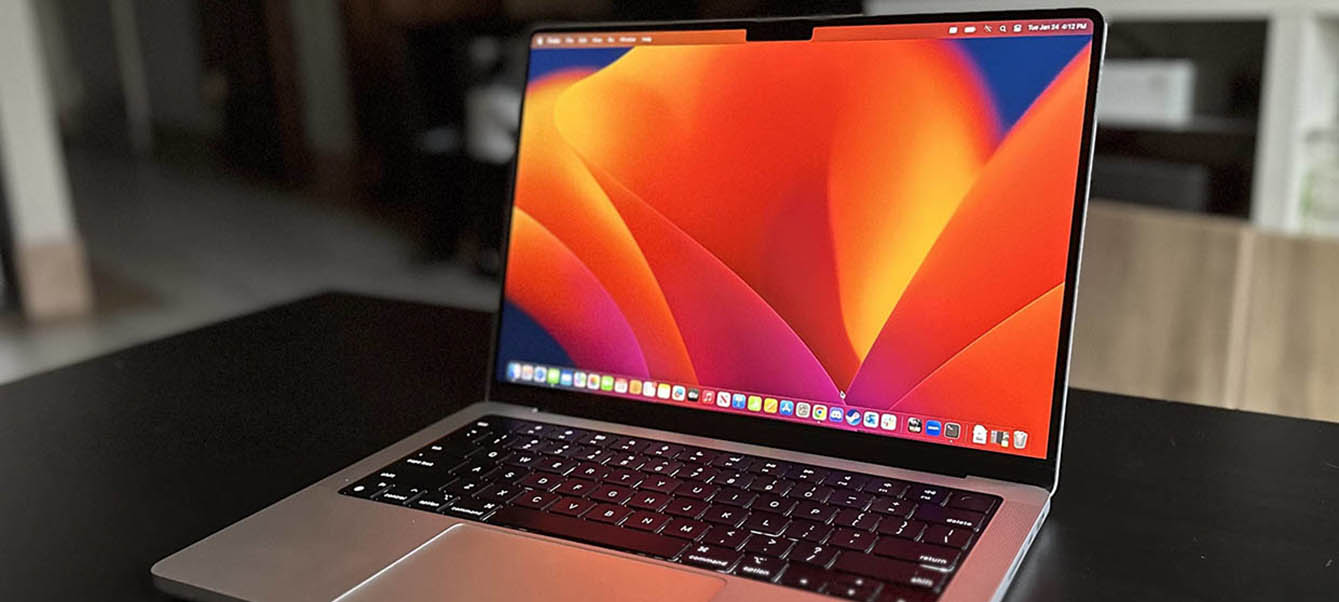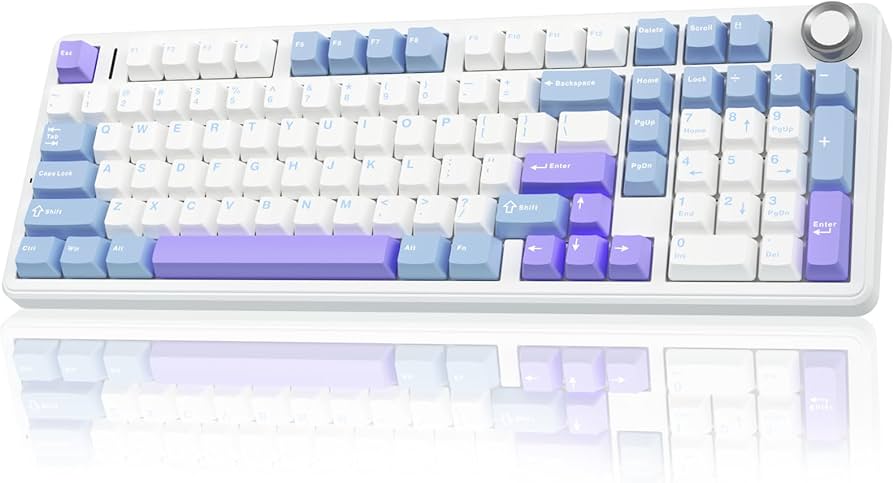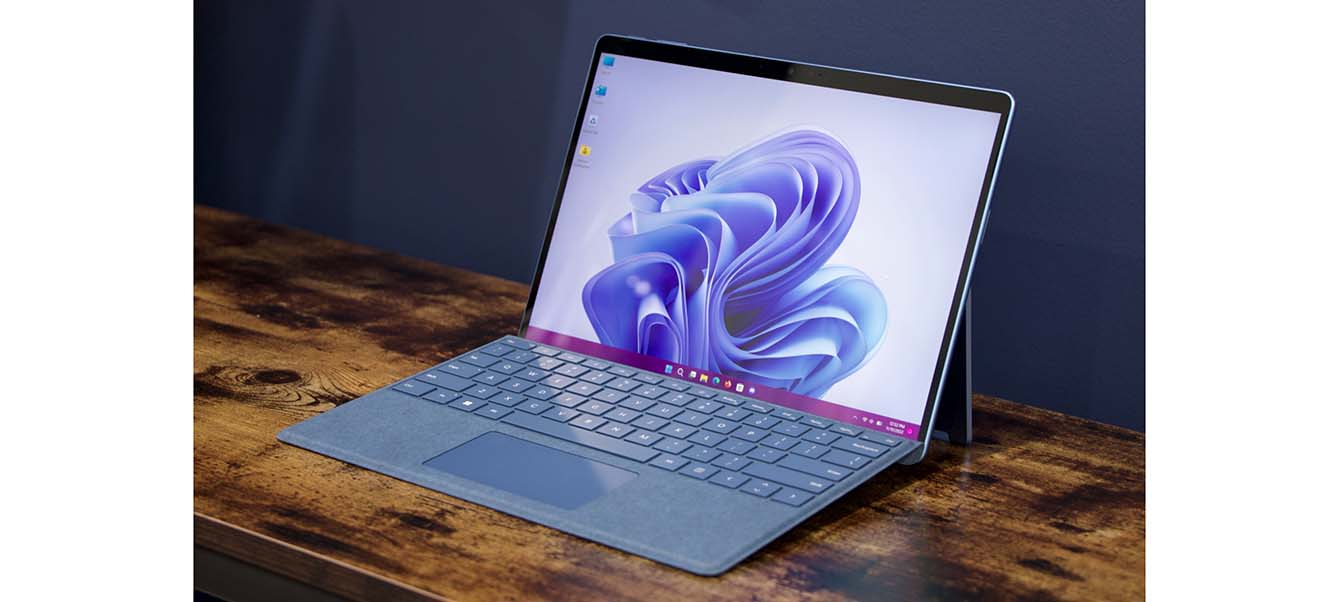When choosing a laptop, students often face a crucial decision: whether to go for a MacBook or a Windows laptop. Both options come with their own set of advantages and features, catering to different needs and budgets. We will compare MacBooks and Windows laptops in terms of price, software, design, performance, and battery life to help students find the best laptop for their needs.
1. Price
1.1 Price of MacBooks
MacBooks are generally more expensive, reflecting their premium brand, design, and hardware. As of 2024, for example, the entry-level MacBook Air is priced around $999, while the MacBook Pro starts at over $1,299. Although the price is on the higher side, MacBooks offer corresponding performance and design quality. Additionally, Apple often provides student discounts and promotional offers, which can help reduce the overall cost for students.
1.2 Price of Windows Laptops
Windows laptops cover a wide range of price points, from a few hundred dollars to several thousand dollars. Basic Windows laptops, such as entry-level models from various brands, may cost between $400 and $600, making them a more budget-friendly option for students. Mid-range and high-end Windows laptops, such as Microsoft’s Surface Laptop or Dell’s XPS series, typically range from $1,000 to $2,000. Overall, the Windows laptop market offers more choices, allowing students to find a device that fits their budget and requirements.
2. Software
2.1 Software Environment of MacBooks
MacBooks run on macOS, known for its sleek interface, stability, and seamless integration with the Apple ecosystem. macOS includes several built-in applications such as Safari browser, Pages for document editing, and Keynote for presentations, which typically meet the everyday needs of students. Moreover, macOS supports numerous powerful productivity and creative tools, such as Final Cut Pro for video editing and Logic Pro for music production, making it ideal for students involved in these areas.
2.2 Software Compatibility on Windows Laptops
Windows operating system is renowned for its broad compatibility and extensive software library. Almost all mainstream applications and games support Windows, meaning students can easily find software that meets their needs. For instance, Microsoft Office Suite runs smoothly on Windows, and Adobe Creative Cloud’s suite of design and editing tools is also well-supported. Additionally, Windows laptops can run many free and open-source software options, providing students with even more choices.
3. Design
3.1 Design Features of MacBooks
The design of MacBooks has always been a core strength. Whether it’s the MacBook Air or MacBook Pro, Apple’s design emphasizes simplicity, elegance, and high-quality craftsmanship. MacBooks typically feature an aluminum chassis, giving them a robust yet premium feel. Their ultra-thin design and lightweight characteristics make them highly portable, ideal for students who need to carry their laptops frequently. Furthermore, the Retina display on MacBooks is praised for its high resolution and color accuracy, which is beneficial for academic and creative work.
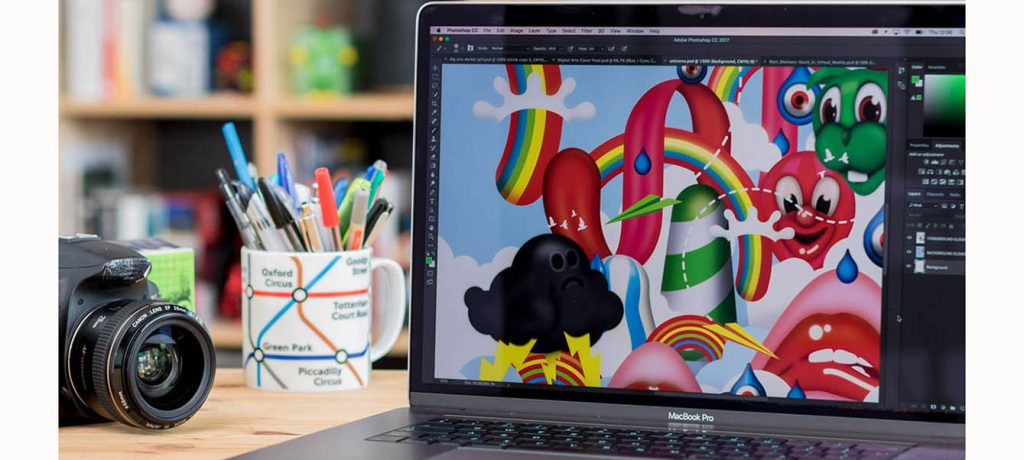
3.2 Design Diversity in Windows Laptops
Windows laptops offer a diverse range of designs due to the variety of brands and models available. For example, Microsoft’s Surface series is known for its ultra-slim and detachable design, suitable for students who like to switch between laptop and tablet modes. Dell’s XPS series is praised for its high-resolution displays and refined design. Overall, Windows laptops provide a wider array of design styles and specifications, allowing students to choose a model that fits their personal preferences and needs.
4. Performance
4.1 Performance of MacBooks
MacBooks generally offer strong performance, especially those equipped with Apple’s M1 or M2 chips. The M1 and M2 processors are renowned for their excellent computing power and energy efficiency, handling a variety of tasks smoothly, including programming, video editing, and large-scale data processing. For most students, the MacBook Air and MacBook Pro provide sufficient performance for daily academic work and multitasking.
4.2 Performance of Windows Laptops
The performance of Windows laptops varies depending on the model and configuration. From entry-level processors to high-end i7 or Ryzen 9 processors, Windows laptops offer a range of performance options. For instance, Dell XPS and Lenovo ThinkPad series often come with powerful processors and graphics cards, catering to students who need substantial computing power. Overall, Windows laptops allow for a range of performance configurations based on budget and requirements, meeting the needs of various academic disciplines and usage scenarios.
5. Battery Life
5.1 Battery Life of MacBooks
MacBooks are well-regarded for their impressive battery life. For instance, the MacBook Air can typically last over 15 hours on a single charge under normal usage, which is a significant advantage for students who frequently use their laptops in classes or libraries. Even the MacBook Pro, with its more powerful hardware, generally provides sufficient battery life to meet most students’ daily needs.
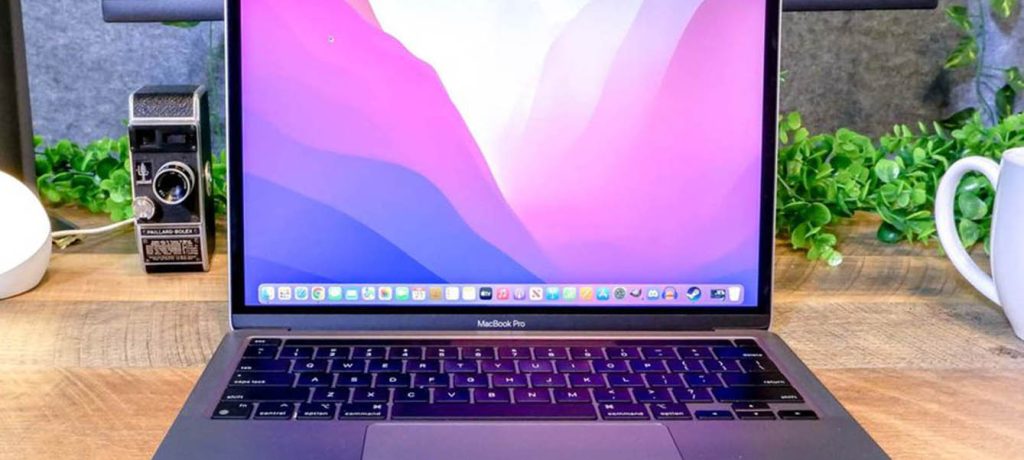
5.2 Battery Life of Windows Laptops
The battery life of Windows laptops varies by brand and model. Many high-end Windows laptops, such as Microsoft Surface Laptop and Dell XPS series, offer battery life comparable to MacBooks, usually between 10 and 15 hours. However, some entry-level or older Windows laptops may have shorter battery life, requiring more frequent recharges. Therefore, when purchasing a Windows laptop, students should review the battery life specifications of specific models to ensure they meet their usage needs.
When choosing a laptop for students, both MacBooks and Windows laptops have unique strengths. MacBooks excel in design, performance, and battery life, making them ideal for those seeking a high-quality, long-lasting device. However, their higher price may be a concern for some students. On the other hand, Windows laptops offer a broader price range and more diverse design options, catering to different budgets and preferences.
Students should consider their budget, software needs, design preferences, performance requirements, and battery life when deciding between a MacBook and a Windows laptop. Ultimately, the goal is to find a laptop that effectively supports academic work and daily activities. We hope this article provides valuable insights to aid in making an informed purchasing decision.
